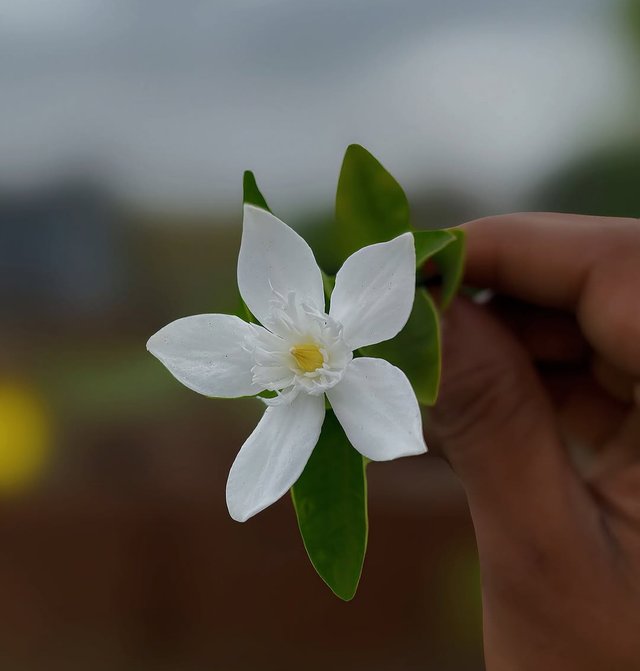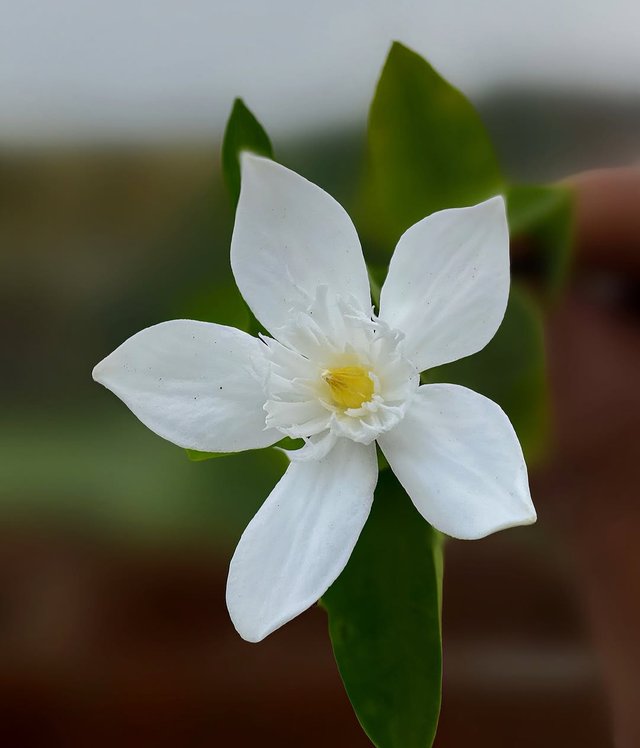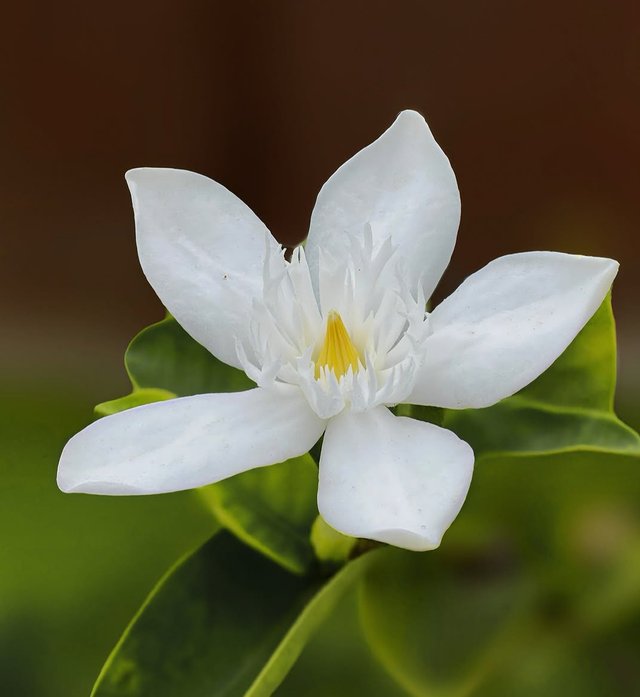Wonderful Wrightia Antidysenterica Flower
Wrightia antidysenterica: A Graceful Plant with Medicinal Value
Wrightia antidysenterica, commonly known as the Snowflake plant, Arctic snow, or Pala indigo plant, is a small ornamental shrub admired for its delicate white flowers and remarkable therapeutic properties. Belonging to the family Apocynaceae, this evergreen plant is native to India and Southeast Asia, where it thrives in tropical and subtropical climates. It is often seen gracing gardens, courtyards, and temple grounds, cherished both for its beauty and its cultural and medicinal significance.
Botanical Description
Wrightia antidysenterica is a shrub or small tree that typically grows up to 1.5–2 meters in height. Its leaves are opposite, oval to lance-shaped, with a smooth texture and glossy green color that provides a fresh backdrop for the striking white blossoms.
The most captivating feature of the plant is its star-shaped white flowers, which resemble snowflakes and bloom abundantly throughout the year in warm regions. Each flower has five petals and exudes a mild fragrance, attracting butterflies and pollinators. The plant also produces slender seed pods, which contain seeds attached to silky hairs that aid in wind dispersal.
Medicinal Properties
As the name antidysenterica suggests, the plant has long been valued in traditional medicine for treating dysentery and other digestive ailments. Different parts of the plant, including the bark, roots, and leaves, have been used in Ayurvedic, Siddha, and folk medicine.
Some of its known medicinal uses include:
Digestive health: Traditionally used to treat dysentery, diarrhea, and stomach disorders.
Anti-inflammatory effects: Leaf extracts are applied to relieve swelling and skin irritation.
Antimicrobial activity: Compounds in the plant are believed to fight bacterial and fungal infections.
Wound healing: Crushed leaves are sometimes used externally for minor cuts and skin conditions.




%20(9).jpeg)